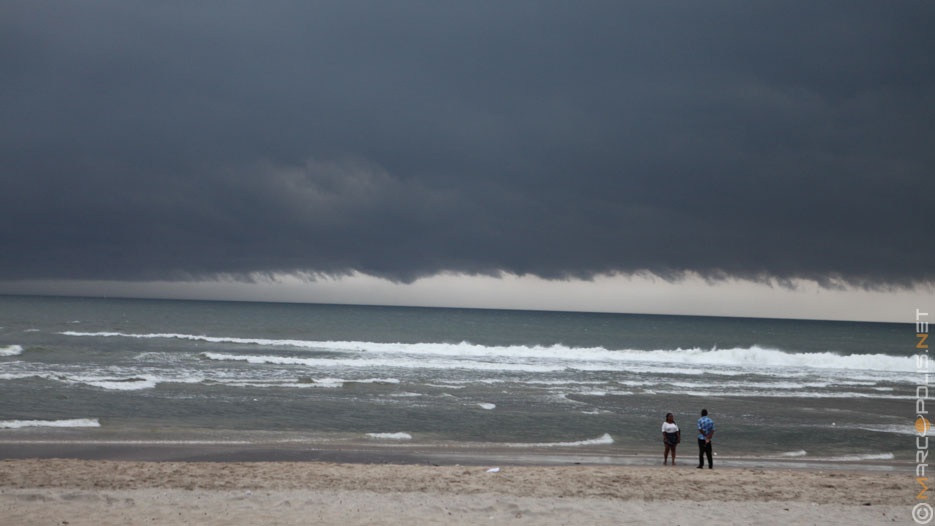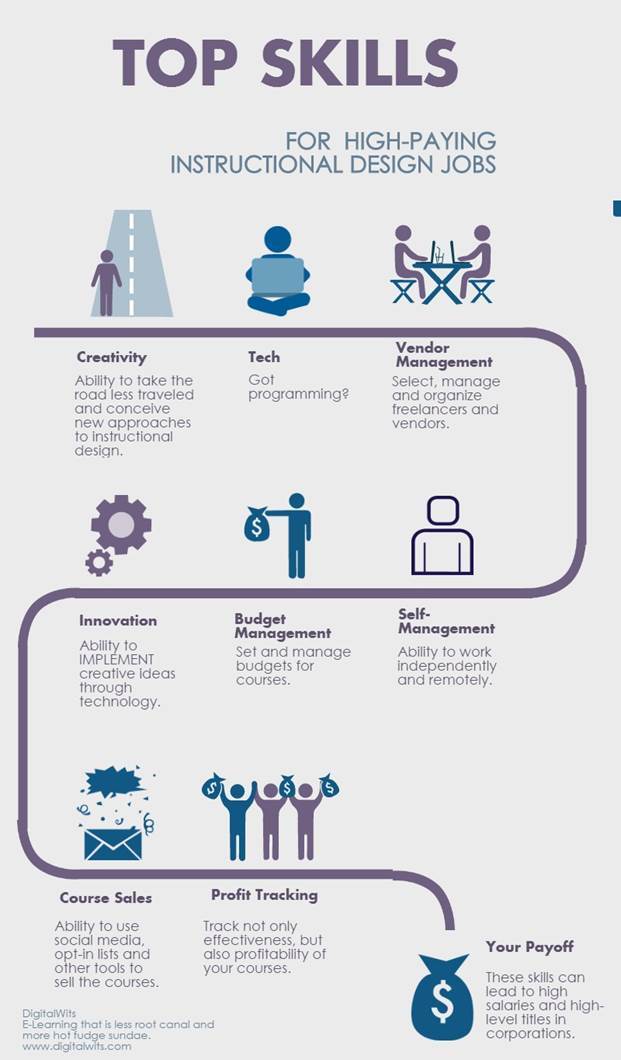Table of Content
Our insurance team is composed of agents, data analysts, and customers like you. They focus on the points consumers care about most — price, customer service, policy features and savings opportunities — so you can feel confident about which provider is right for you. Here are the 10 states where home insurance premiums have seen the largest year-over-year increase, according to Policygenius. Policygenius Inc. (“Policygenius”), a Delaware corporation with its principal place of business in New York, New York, is a licensed independent insurance broker. The information provided on this site has been developed by Policygenius for general informational and educational purposes. We do our best to ensure that this information is up-to-date and accurate.
The NAIC’s most recent report, released in 2019, revealed homeowners insurance rates for 2016. When comparing the average rates of an HO-3 homeowners insurance policy in each state from 2015 and 2016, these are the states that experienced the highest homeowners insurance rate increases over that year. For example, homeowners in southern states generally pay higher rates due to the increased risk of severe weather. On the other hand, homeowners who live on the west coast often pay lower rates because weather-related property damage claims are less likely. In the table below, you can see the average cost of homeowners insurance in all 50 states and Washington D.C., based on information Bankrate analyzed from Quadrant Information Services. The average homeowners insurance premium rose by 3.1 percent in 2018, following a 1.6 percent increase in 2017, according to a January 2021 study by the National Association of Insurance Commissioners, the latest data available.
How much is homeowners insurance in California?
The average renters insurance premium fell 0.6 percent in 2018 marking the fourth consecutive annual decline. CHANGES IN GEOGRAPHIC FACTORS. Within a state, federal rules allow health insurance premiums to vary across geographic regions established by the state. Insurers can use different geographic factors to reflect provider cost and medical management differences among regions, but are not allowed to vary premiums based on differences in health status . An insurer might change its geographic factors due to changes in negotiated provider charges and/ or in medical management of some regions compared to others. A decision to increase or decrease the number of regions in which the health plan intends to offer coverage in 2018 within a state could also result in a change in its geographic factors. Another key reason for changes in geographic factors could be new provider contracts that reflect different relative costs.

Below we’ll look at average home insurance rates by state in 2022 and explain why some states are more expensive than others. As a result, the state's insurance industry experienced a loss ratio well over 100%, and their rate filings for 2020 reflected the most aggressive increases in the country. Some of the biggest factors that are currently affecting the property and casualty insurance industry are economic changes, like inflation, and climate change, which is increasing the rate of natural disasters. As one might expect, states that do not experience a high number of damaging weather events typically see more affordable home insurance. Many states have average rates below the national average premium, which is $1,383 per year.
Annual change in home insurance premiums in Great Britain (GB) as of August 2021, by region
Or another part of the state may have lower rates because severe weather losses are less frequent. Medical payments coverage pays for injuries to guests in your home, regardless of who is at fault. Medical payments differs from liability insurance in significant ways, primarily in that it is for minor incidents and comes in very low limits of $1,000 or $5,000. Oklahoma, Kansas, Nebraska, Arkansas, Texas and South Dakota are the most expensive states for home insurance among common coverage levels analyzed by Insurance.com.
She also focuses on ensuring that Bankrate’s insurance content represents and adheres to the Bankrate brand. Check with your insurance provider to see if there are any discounts available. There may be ways to save money on your homes insurance, such as a multi-policy discount or a reduction in your premium if you pay your premium consistently and on time.
Why did my homeowners insurance rates go up?
The table below highlights the cheapest states for home insurance and the average annual rate. The older your property, the more vulnerable it becomes to harm and loss. Structural components such as the roof, foundation, and other features are more susceptible to weather and wear and tear than plumbing, HVAC, and electrical systems, which are more vulnerable to malfunction.
If your home doesn’t face many hazards or you’ve owned your house a while without having to file a claim, then it may be in your best interest to choose a high-deductible policy. From worsening hurricane and wildfire seasons to unexpected cold snaps in Texas, the home insurance industry has experienced record-setting claim payouts and financial losses over the past few years. As a result, many insurance companies are increasing rates to pay for these losses and to ensure they don’t go bankrupt after future climate disasters. Your rates are based heavily on how much dwelling coverage is in your policy — this is the part of your home insurance that pays to rebuild your home if it's damaged or destroyed. As rebuild costs continue to skyrocket due to inflation, homes are requiring higher dwelling coverage limits to keep up with the rising prices. Here are a few of the most common reasons your homeowners insurance rates went up.
Rising lumber and materials costs also affect insurance rates as companies plan for higher replacement values related to fires, natural disasters and other emergencies. The ACA provides premium subsidies in the individual market based upon household income. Changes in income alone can result in upward or downward changes in the net premiums that any specific consumer may have to pay, even if there is no change in the underlying premiums. A change in available plans offered in the market also could affect the subsidy an individual receives. In most states, insurers are allowed to charge smokers more than nonsmokers, and this surcharge can vary by state and by age.
HO-4 coverage accounts for nearly 74% of the non-owner-occupied exposures. Tenant and condominium policies do not provide coverage for the building; therefore, the distribution of exposures for these types of policies is concentrated at significantly lower insurance amounts. HO-3 average premium increased by 1.8% countrywide from 2018, while HO-4 average premium decreased by 2.8% between 2018 and 2019. The countrywide average premium increased by 2.2% between 2018 and 2019.
A realignment of these differences could result in changes across the rating regions within a state. When shopping for home insurance, you want to do more than just compare average homeowners insurance rates. After all, the true test of an insurer is customer service and how claims are handled. Not surprisingly, homeowners located in parts of the country that experience strong tropical storms, hurricanes and tornadoes commonly face some of the highest home insurance premiums. Based on homeowner insurance statistics, homeowners in Oklahoma pay the highest rates for insurance in the country. In the table below, you can see the most expensive states for home insurance and the average annual premium.

The result from the consumer’s perspective is different or fewer choices of insurer, and in many cases fewer metal level or plan-type options. Consumers may be re-enrolled in a different plan due to a discontinuance of their prior plan or may choose to enroll in a different plan even if their prior plan is still available. Either of these scenarios could lead to a premium change for a consumer that differs from the state’s or insurer’s average premium change. Premium changes faced by individual consumers will also reflect increases in age, particularly for children, due to new and higher child age factors.

No comments:
Post a Comment